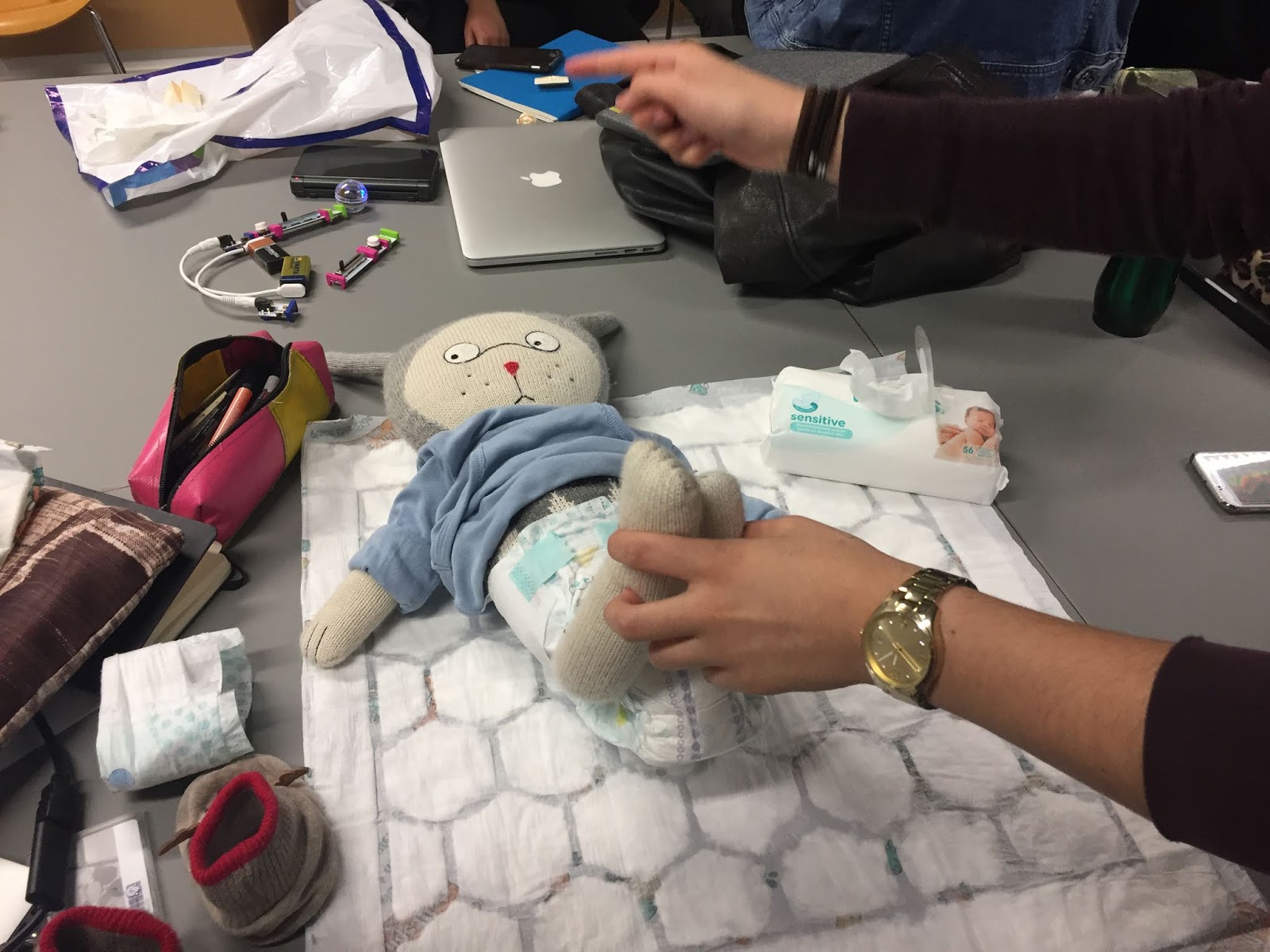Evaluative Stages and Teaching
How to evaluate effectively
Evaluation is a process where experience and what has been done is combined. It allows us to learn from mistakes and analyse future methods to avoid them. These learnings are especially important for future projects.
An evaluation is made up from three phases:
1. Conception phase:
During this period, a large amount of data is collected as detailed as possible. All participants should understand what their task and what the quality of the data should be. Having someone in charge can help the process. All of these insures a qualitative and efficient evaluation. Before starting any project, defining the data in advance ensures a more efficient evaluation.
2. Design phase:
Appearance and functionality is the main focus during this phase - methods such as prototyping, user testing, experimentation are commonly used. Throughout the design phase, evaluation is crucial so that designers can continuously reflect and adapt their work. Simultaneously, without a design phase no end evaluation is possible.
3. Realisation phase:
In this period, designers analyse their final project and evaluate their results. What complications or problems were there? Was it done within the initial time frame and budget? Was the goal achieved?
These three phases include different methods and steps and can also be described in more depth as:
1. Thought process - before - setting objectives:
- moodboards
- brainstorming → choosing ideas
- observing → target / research / field research (probes, interviews) / desk research
- check related work
- budget and time planning
2. Production - during - experimenting:
- trial and error - explore alternatives and options
- user tests for prototypes
- adapting to surroundings / feedback sessions / challenges / constrains
- bodystorming
- rapid prototyping
- storytelling (improv)
- presentation → to peers and public
- discussions (with externals)
- team discussions → help to improve argumentations (are my ideas plausible?), find compromises / consensus or flexibility, relinquish personal ideas
3. Final outcome - after - checking whether objectives were met:
- outgoing interviews → qualitative evaluation
- reflection through documentation (videos, advertisement, storytelling), publication (peer reviewed), feedback sessions, blog, report, reflect on future processes
- success → satisfy user's needs, have goals been fulfilled, observable improvements, enjoyment, within time frame and budget
- contribution to society and / or of knowledge, advancement of fields
- self evaluation → quantitative evaluation
- final user studies for end results → surveys, feedback, personal interviews
- share lessons that have been learnt
→ Evaluation isn't only a view of the past - it's a way to avoid complications in future projects
Besides publicising our findings and newly learnt knowledge teaching is an effective method of sharing these. In fact, designers have a task to educate their peers, users, manufactures and clients. This can easily done in workshops where designers take on the role of a teacher.
In a small exercise each student had to demonstrate and teach within 5 minutes a skill. This also goes to prove how much we can learn within just a short period of time, such as 5 minutes.
 |
| Jennifer taught us how to change a baby's nappies. |
After experiencing the teaching and student role ourselves we gathered some points that defined a good teacher:
- respectful
- non-discriminative
- be motivated to teach
- open-mindedness → teachers can learn from students too
- giving productive / constructive criticism with helpful arguments
- be empathetic
- patient and tolerant
- expressive → know how to express your thoughts and share explanations
- separate personal and professional life
- adaptable → be able to change processes depending on student's already acquired knowledge for example
- have authority and presence
- aware of responsibility that the role of teaching entails
- be accessible to all and ensure a sense of inclusiveness
- offer a balance between theory and practice
- be playful
A main aspect we all agreed on is that when teaching, we should not only explain the how but also the why.